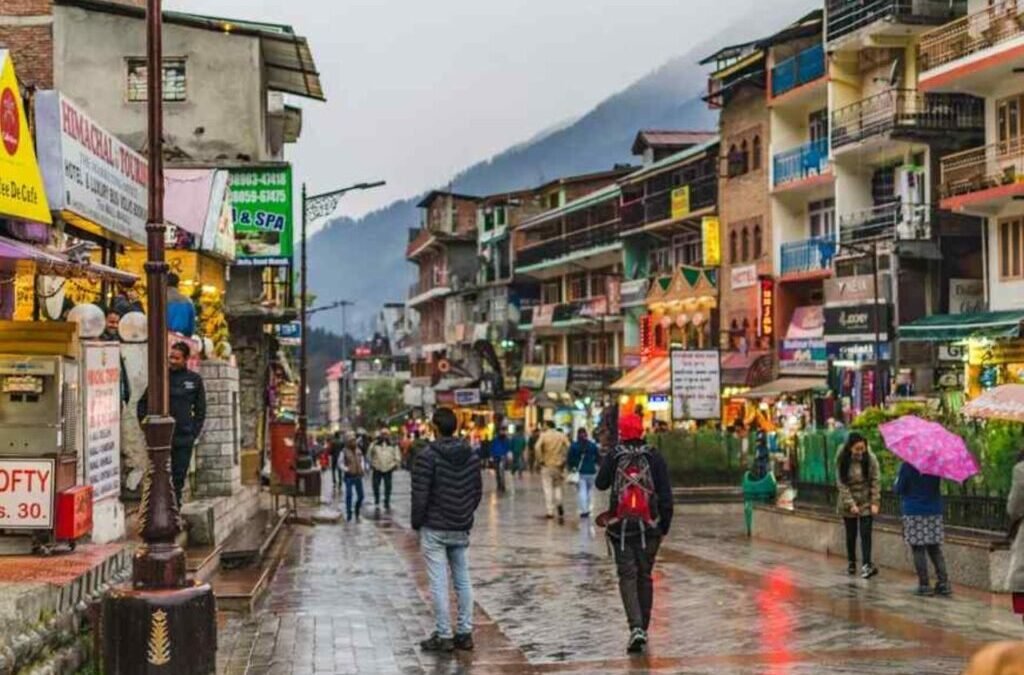Synopsis– Tier-II cities in India are emerging as prime real estate destinations, offering affordability, strong infrastructure, and high growth potential. Driven by government initiatives, employment hubs, and evolving lifestyles, cities like Nagpur, Jaipur, Lucknow, Indore, and Coimbatore present attractive opportunities for investors seeking long-term returns beyond saturated metro markets.
With rising property prices and congestion in metro cities driving investors to Tier-II cities, these new emerging hubs uniquely offer affordability, improved infrastructure, and enhanced livability. They benefit from government policies and growing economic opportunities, presenting attractive propositions for home buyers and investors and moulding the future of India’s real estate sector.
Why the Shift to Tier-II Cities? Key Drivers
- Affordability: The prices of property in Tier-II cities are much lower compared to metro areas, enabling property buyers to get in easier. Simultaneously, many micro-markets are seeing double-digit appreciation, meaning strong capital gains are available.
- Return on Investment (ROI): Places like Lucknow and Coimbatore are seeing pockets with over 20% year-on-year growth, which are great attractions for long-term ROI seeking investors.
- Quality of Life: Quality of life matters to professionals and retirees, and lower congestion, better air quality, and a balanced lifestyle have much appeal. The aspects of malls, hospitals, and schools are now seen in Tier-II cities, competing with metro living aspects.
- Government Support: The Government’s flagship programs, like the Smart Cities Mission, AMRUT, new expressways, new airports, and new metro projects, are fast-tracking infrastructure improvements.
- Job Creation: The job creation associated with IT parks, manufacturing hubs, and satellite offices is helping to bolster rentals from students, migrants, and working professionals.
Top Tier-II Cities for Real Estate Investment
1. Nagpur
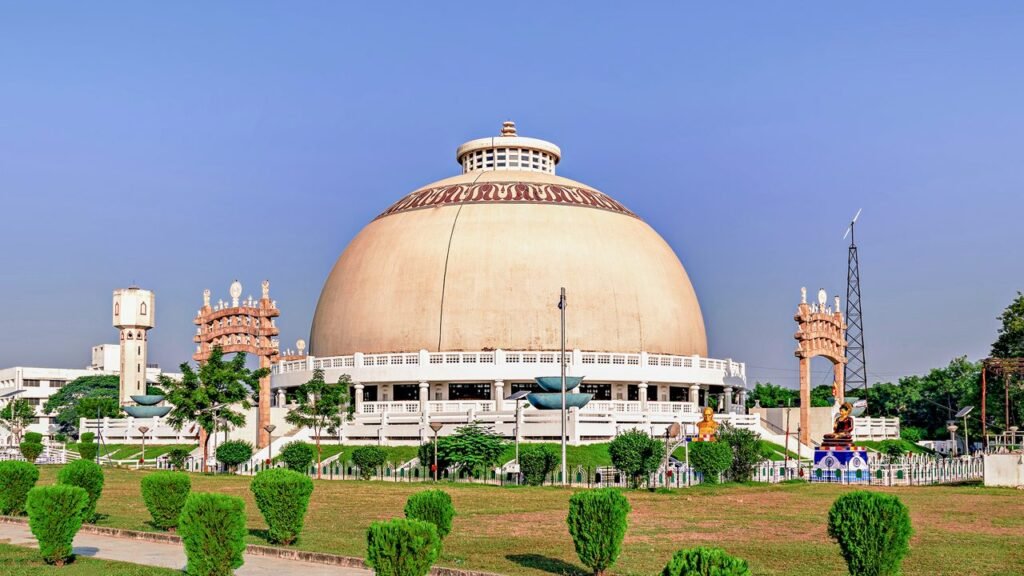
- Logistics Hub: Strategically located in central India, Nagpur is being developed as a logistics and industrial powerhouse.
- Key Projects: The MIHAN project and the Samruddhi Mahamarg expressway are transforming connectivity.
- Growth Drivers: Affordable land parcels near Wardha Road and upcoming metro corridors make it a high-ROI destination for both residential and commercial investments.
2. Jaipur

- Strategic Location: Situated on the Delhi–Mumbai Industrial Corridor (DMIC), Jaipur is expanding beyond tourism into IT and industrial sectors.
- High-Demand Zones: Ajmer Road and Jagatpura are witnessing rising demand for housing and commercial projects.
- Property Appreciation: Strong infrastructure development has supported nearly 20% annual property value growth in recent years.
3. Lucknow
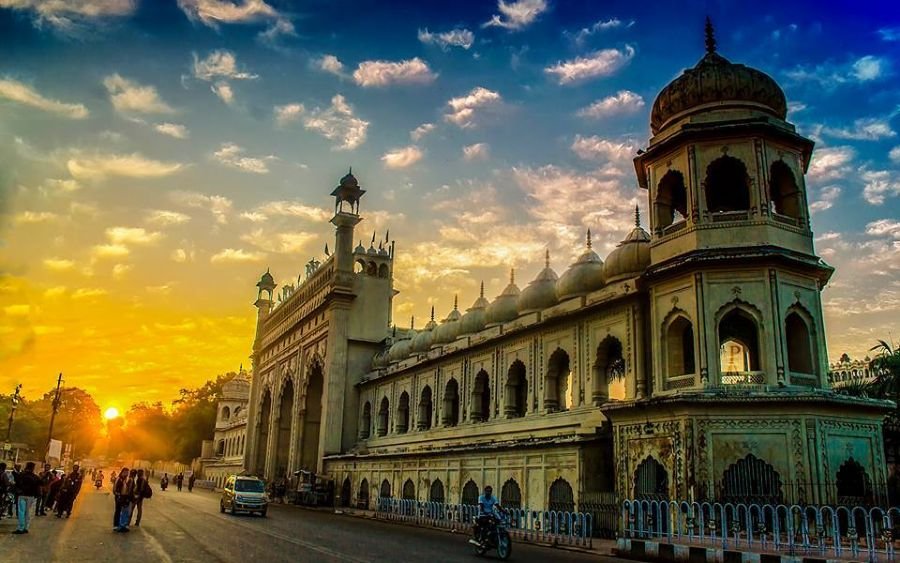
- Infrastructure Push: The Purvanchal and Lucknow–Kanpur expressways, along with metro expansion, have transformed connectivity.
- Economic Growth: The IT City project is driving employment and attracting professionals.
- Prime Areas: Gomti Nagar and Shaheed Path offer steady rental yields and consistent capital appreciation.
4. Indore

- Clean and Smart City: Repeatedly ranked as India’s cleanest city, Indore is also a Smart City success story.
- Demand Drivers: A thriving education sector and a growing professional base are boosting housing demand.
- Hotspots: Super Corridor and Vijay Nagar are preferred for residential and mixed-use developments.
Also read: 10 Indian Cities with the Worst Traffic Jams – Bengaluru Isn’t on Top!
5. Coimbatore

- Industrial Backbone: Long known as the “Manchester of South India,” Coimbatore is a textile and industrial hub.
- Sectoral Growth: Expanding IT, healthcare, and education are broadening its real estate market.
- Appreciation: Areas like Avinashi Road and Saravanampatti have recorded property value growth exceeding 40% in recent years.
6. Bhubaneswar
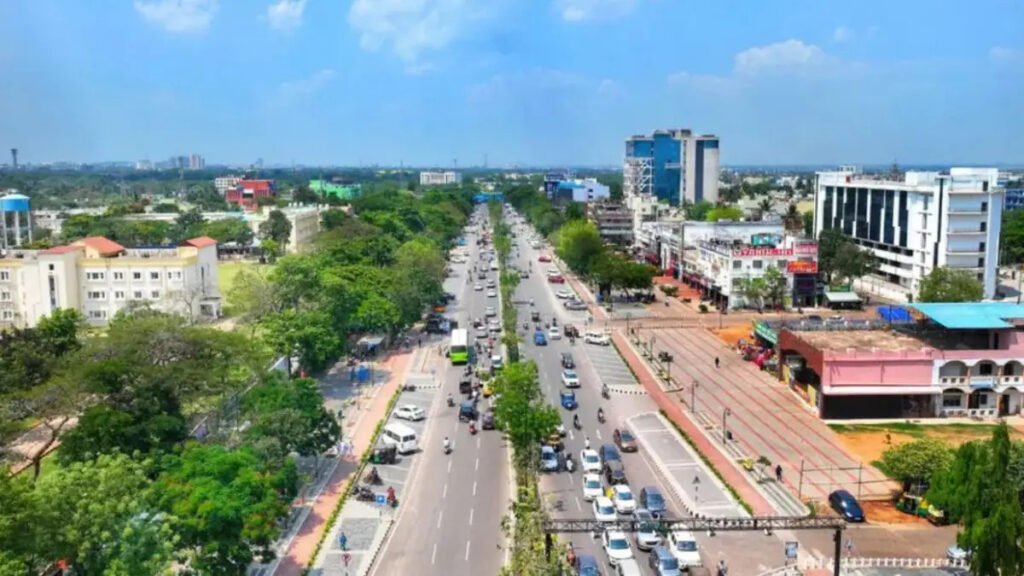
- Smart City Advantage: Ranked among top-performing smart cities with a robust IT corridor.
- Connectivity Boost: A ₹8,300 crore ring road project will accelerate urban expansion.
- Emerging Pockets: Patia and Khandagiri are witnessing strong demand from professionals and families.
7. UP Cluster (Meerut, Kanpur, Mathura)
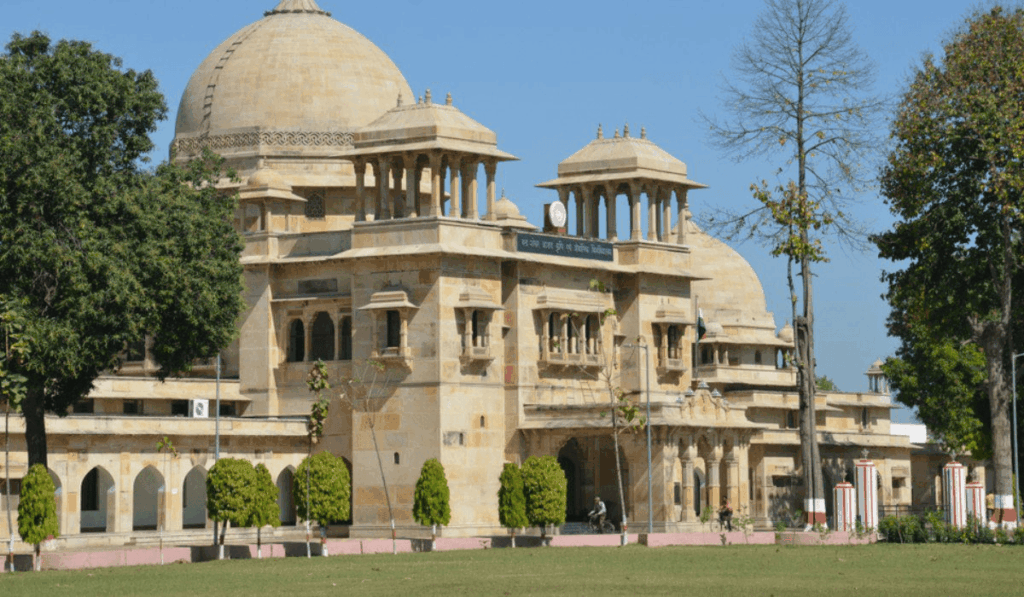
- Government Push: Infrastructure investments exceeding ₹20,000 crore are reshaping these cities.
- Connectivity: Proximity to Delhi NCR, metro projects, and RRTS corridors are enhancing accessibility.
- Industrial Base: Manufacturing and service industries are strengthening their investment appeal.
8. Other Mentions
- Ahmedabad: Home to GIFT City, attracting professionals and NRI investors.
- Kochi: Metro, Water Metro, and InfoPark projects are fueling growth, supported by expatriate demand.
- Surat: A textile and diamond hub with rising residential demand.
Comparative Edge of Tier-II vs Metro Cities
- Lower Entry Costs: Property prices in Tier-II cities are significantly lower than in metros, allowing investors to acquire larger or multiple assets with moderate capital.
- Higher Appreciation Potential: Many Tier-II micro-markets are witnessing strong growth, offering better long-term capital appreciation than saturated metro markets.
- Room for Urban Expansion: Unlike overcrowded metros, Tier-II cities have ample scope for new developments, residential and commercial alike, supporting sustainable growth.
- Future-Ready Infrastructure: Ongoing projects such as metros, highways, airports, and smart city initiatives are strengthening connectivity and urban planning.
- Dual Advantage: Investors benefit from financial returns while residents enjoy a superior quality of life, balancing profitability with livability.
Investment Trends & Key Considerations
Developments like gated communities, smart homes, co-living spaces, and integrated townships are gaining traction as lifestyles evolve and the demand ebbs and flows from NRIs and HNWIs. Investors should look at potential infrastructure developments and the location of job centres (which are usually connected to an employment exchange) that drive rental yield and long-term capital appreciation of property. Look for the fast-appreciating regions while remaining observant of regulatory compliance like RERA, supportive government policies in dealing with urban regeneration, rezoning, etc. Do your due diligence in risk mitigation from further urbanisation or regulatory change.
Conclusion
Tier-II cities are no longer a choice rather they are the alternate growth engines of Indian real estate. Cities such as Nagpur, Jaipur, Lucknow, Indore and Coimbatore are the right mix of affordability, robust infrastructure and great return potential. Text investors wanting to capitalize on these emerging cities and markets, this is the right time to invest.
Written by N G Sai Rohith
The post Top Tier-II Cities in India Emerging as Real Estate Hotspots in 2025 appeared first on Trade Brains.

